- info@naturebylennart.com

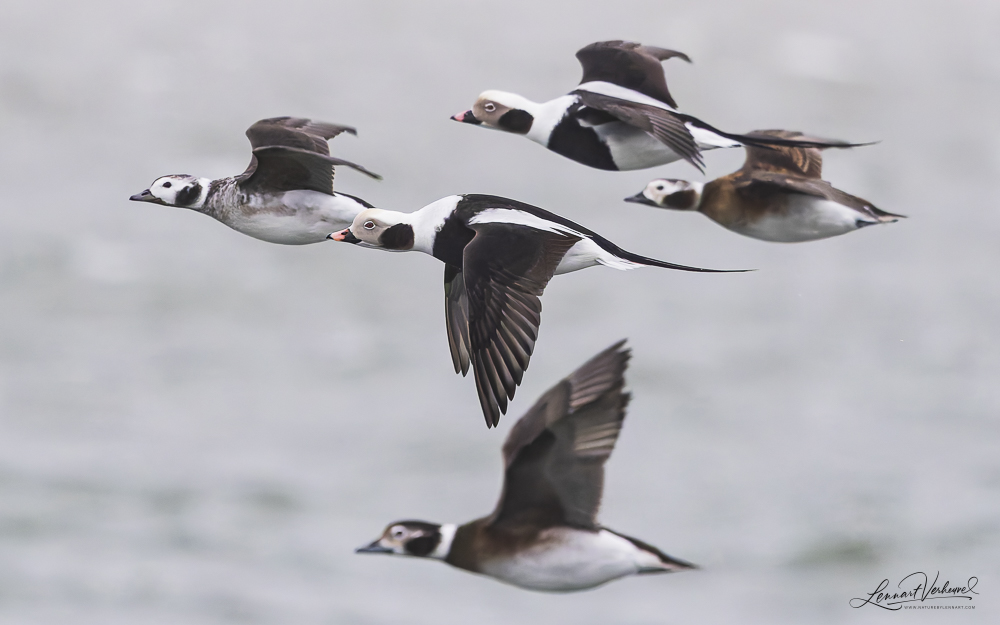
In February 2024, Arie-Willem van der Wal, Jacob Molenaar, and I went to Estonia for a week to search for Eurasian lynx. We planned to spend four days and four nights searching for the lynx, and on the fifth day, we would look for a special duck: the Steller’s eider. Now that the first four days had gone really well, it was time for the icing on the cake!
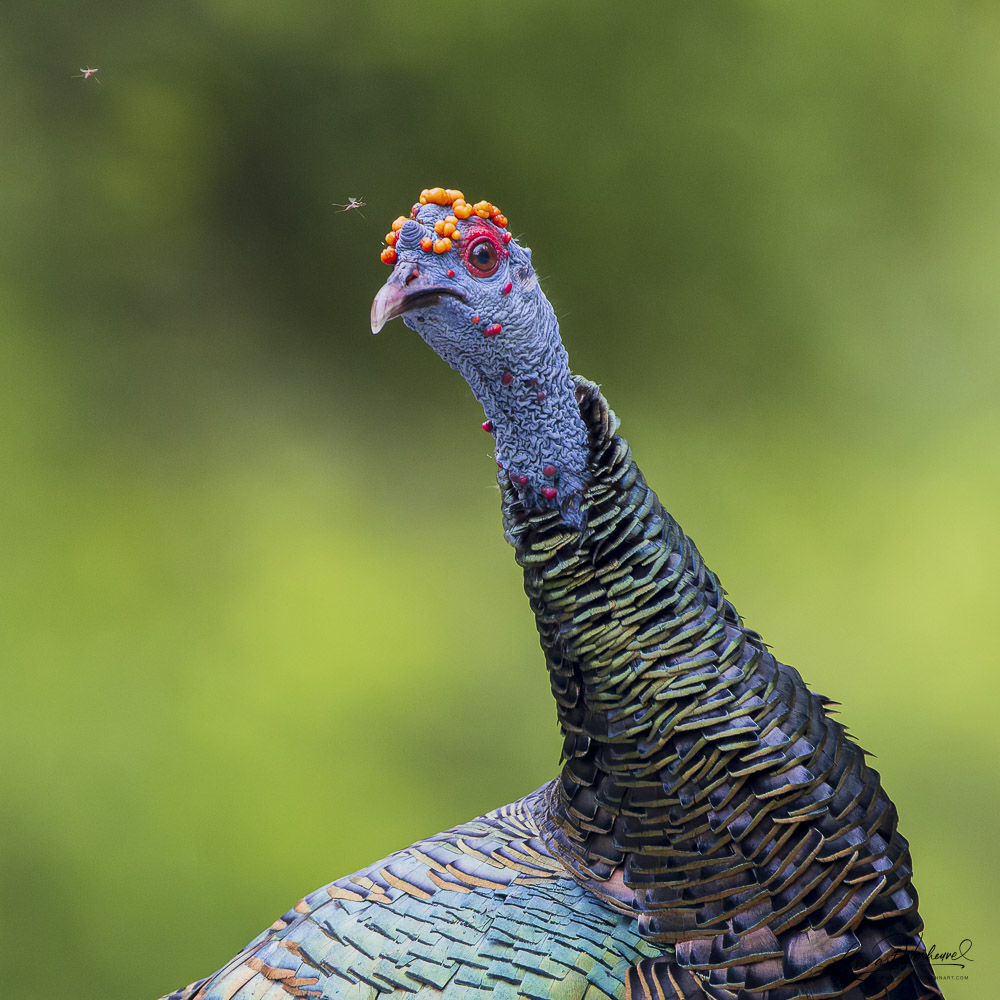
In June 2022, I unexpectedly found myself in Mexico, on the Yucatán Peninsula. Due to a job change, I suddenly had two weeks off and I wanted to spend them abroad. It was the perfect time of year to see Whale sharks in Mexico, so that became the goal of my trip. Eventually, I succeeded on the very last day. However, Yucatán has much more to offer, so I also wanted to explore the jungle!
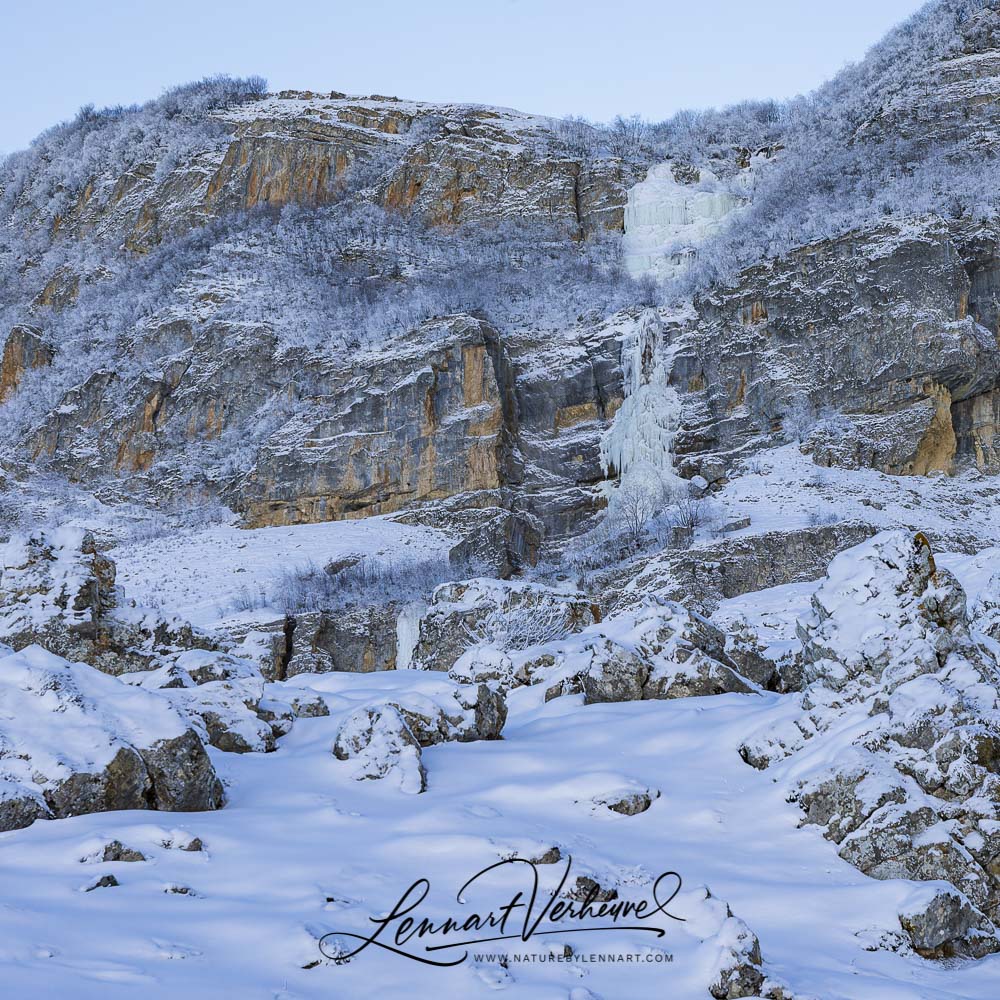
We have arrived in the Caucasus! The plan was to see the Siberian Crane Omid on migration during the first week of our time in Azerbaijan, but Omid decided otherwise and stayed in Iran, for the time being, in its wintering area. Before our stay in Azerbaijan would end we had planned a few more days of birdwatching in the Caucasian mountains and so we decided to go do that. The plan is to immediately return to southern Azerbaijan if Omid does fly. So we are now in the Caucasus! Along the way we already enjoyed beautifully colored rock formations, but in the higher areas there is mostly a lot of snow.
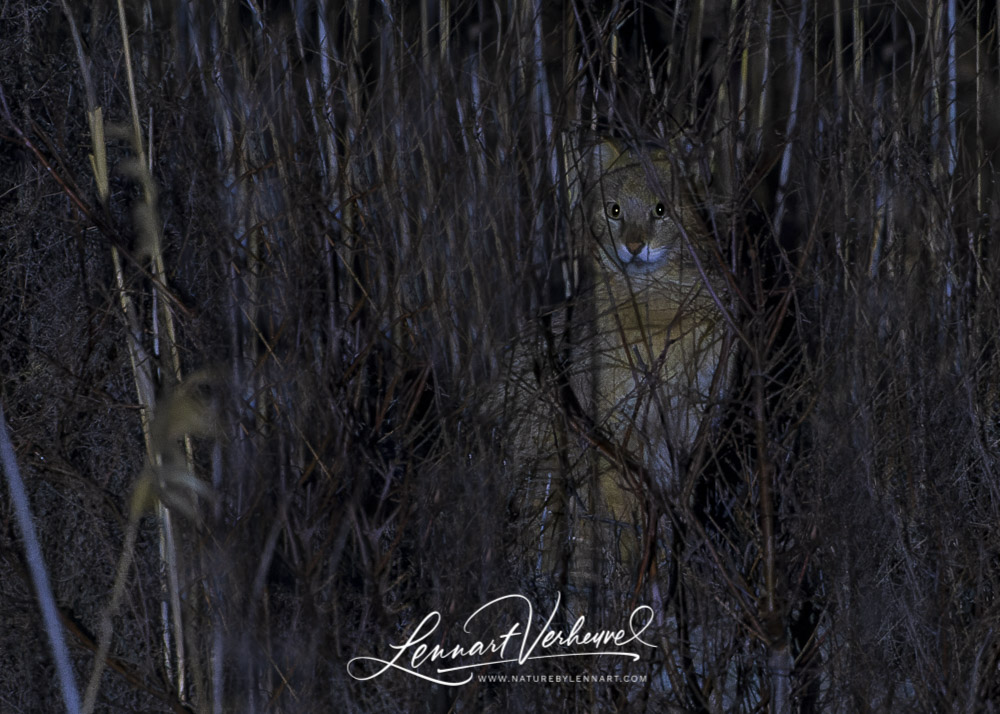
In the spring of 2022 I suddenly find myself in Azerbaijan. The reason for this is this time not a special cat, but a special bird! The Siberian Crane is an endangered bird of which only a few thousand remain in the wild. In the eastern part of Asia that is. As far as we know, there is only one left in the western part of Asia and of course this bird has been given a name by now: Omid. That name was given to him in Iran, where it has been wintering in the same rice field for years. Equally dutifully, the bird takes off every year to fly back to Russia to its breeding grounds, only to fly back again in the autumn without any breeding succes. There won’t be a partner for Omid. Among bird watchers, there is an avid group that likes to see as many bird species as possible within the Western Palearctic (WP) ecozone. The chances of seeing a wild Siberian Crane within this area after Omid are virtually nil. However, Iran is not considered to be in this ecozone, which means that it is not possible to easily ‘tick’ the bird in its wintering areas. Therefore a small group of fanatic WP birders made an attempt to pick up the bird on its way to Russia when it passed through neighboring Azerbaijan. This was in 2020. A bird seen in Azerbaijan does count for the list! And they saw Omid! In 2021 there was a number of bird watchers that wanted to repeat their success, but corona prevented a trip to Azerbaijan. 2022 was the year it had to happen. I happened to be able to go and it seemed like a nice enough trip in any case so I landed in Baku on February 25, 2022.
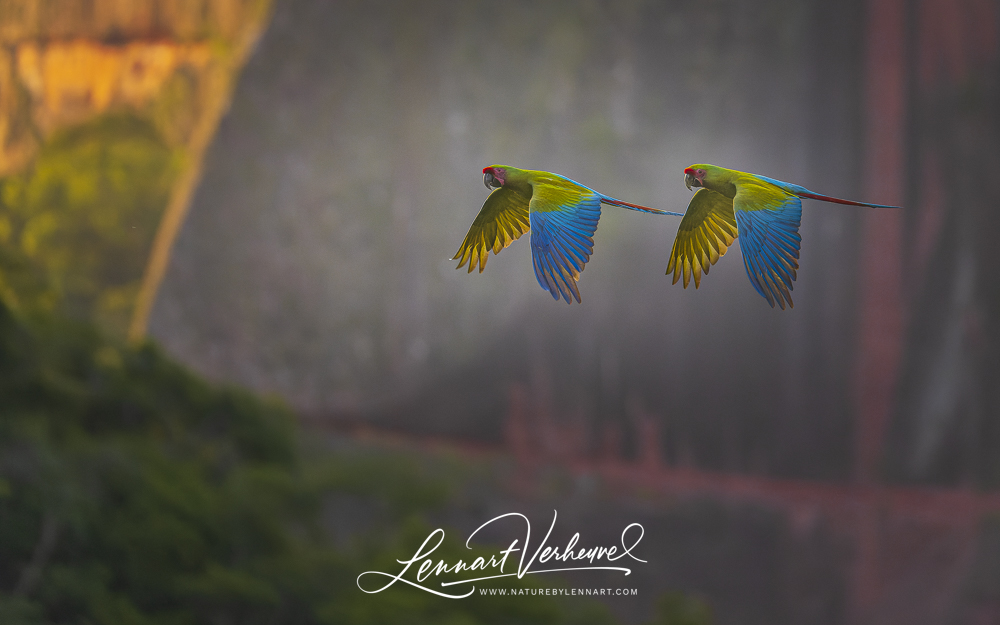
In November 2021 I travelled to Bolivia. After having enjoyed the beautiful Red-fronted Macaws my stay in Bolivia was almost over. Only one weekend was left. Of course I also wanted to spend it in a nice spot and I found it in the Refugio Los Volcanos: a lodge in the Amboro National Park. The location of the lodge gives the impression that it was specially designed for this purpose. A more perfect location is hard to imagine: a flat lawn surrounded by red mountain peaks. This location therefore appeared also to be popular among the local models on Instagram. The lawn was gratefully used to take many selfies. However beautiful the surroundings might be: I am of course mostly interested in the animals that live here!
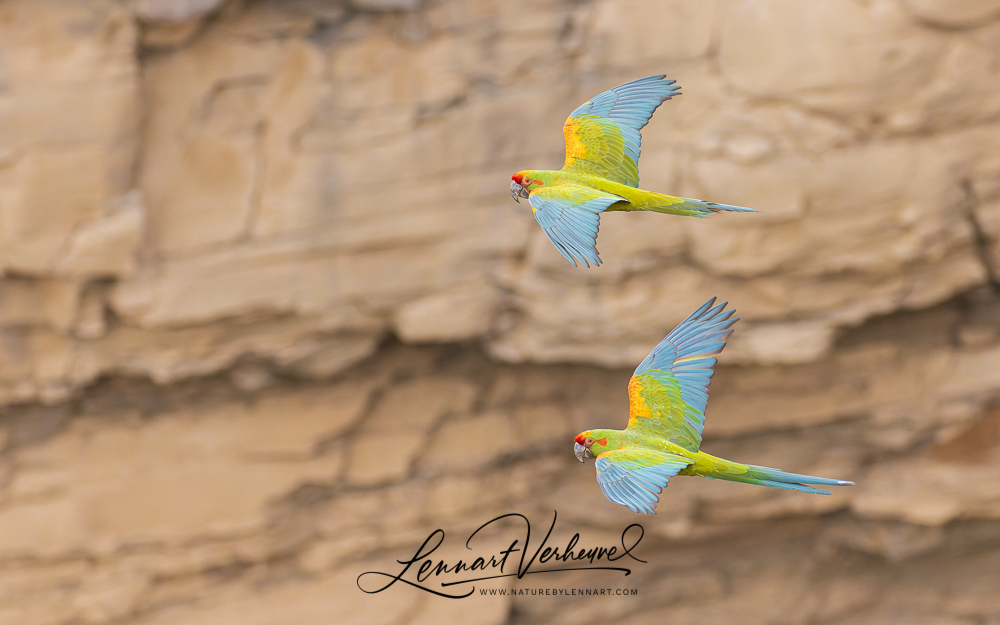
In November 2021 I traveled to Bolivia after first having visited Ecuador. I had about two weeks left to spend in Bolivia, of which at least five days would be in Jaguarland: a place where I hoped to see Jaguarundi, Jaguar and Ocelot. For the remaining part I wanted to go birding. I often have a certain or a few specific species in mind to go and this time the Red-fronted Macaw was at the top of the list.
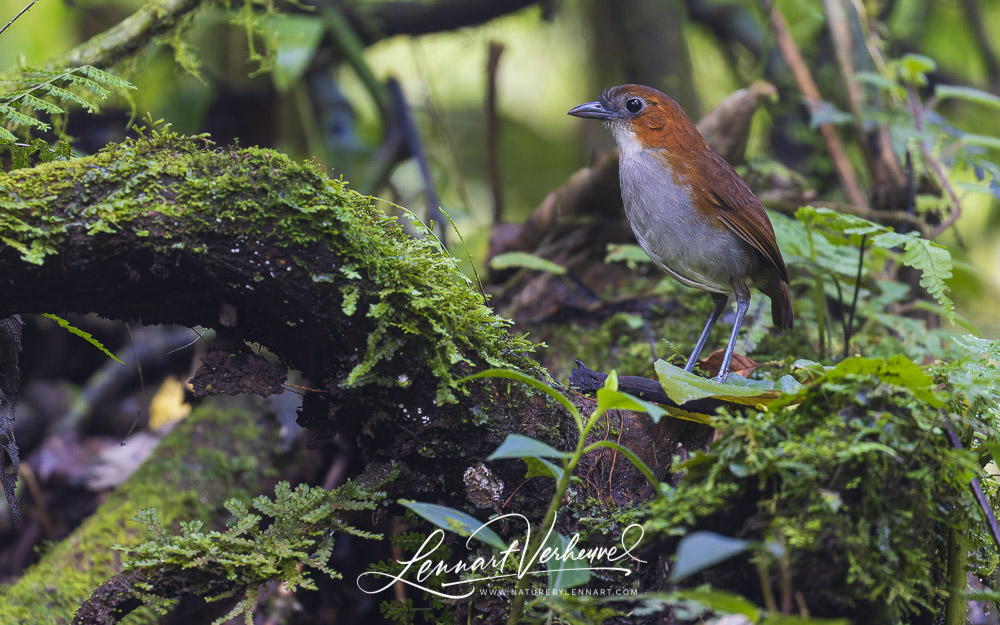
Antpittas are often described in field guides as a ‘plump ball on sticks’ which is an accurate description. Antpittas have in common that they are indeed like little featherballs on two legs that can sit very still. As a result, antpittas are also difficult to find and it is quite an achievement if you as a birdwatcher manage to pull one out of the forest. Some antpittas are known for not being so difficult to find, but some are so reclusive that they have never even been photographed in the wild. The frustrating thing can be that many antpittas often do make themselves heard. Just so you know they are there, but you don’t get to see them! However it is well worth the effort to try to find them because despite their similar form they can have very different plumages with beautiful patterns and colours. During my trip to Ecuador in 2021 I became acquainted with this species group.
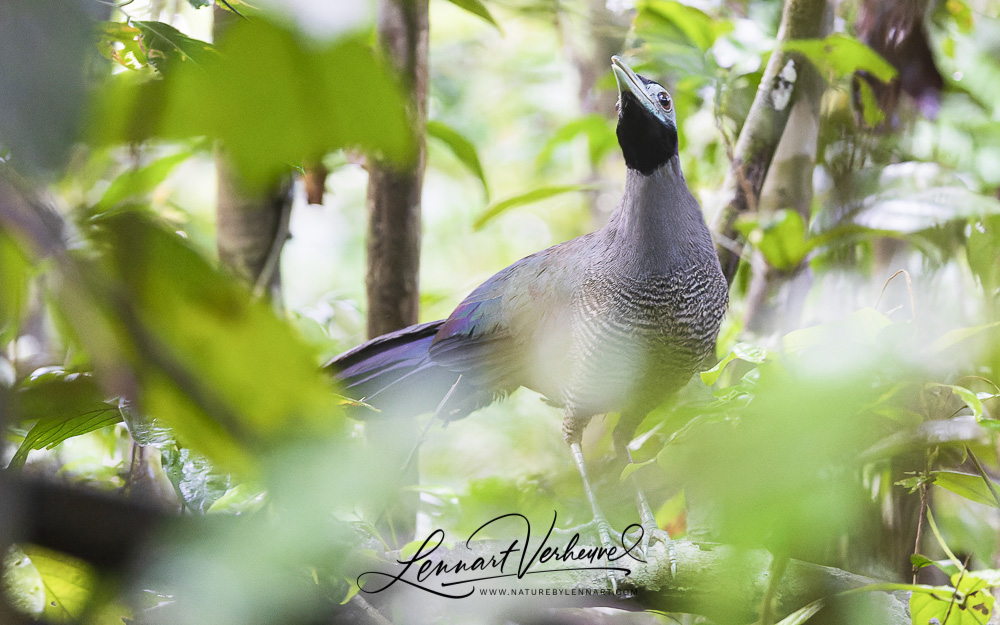
My time in Borneo, like many of my trips, was focused on seeing certain cats. Of course I don’t ignore birds on such a trip, but I try to see as many as possible. It had already been an excellent trip since I saw the special endemic Bristlehead, but I was also successful in seeing all hornbills, definitely one of my favourite birdfamilies on the planet. Now I am at the Kinabatang river and the goal is to get a Bornean Ground Cuckoo. This is an extremely elusive bird of the rainforest that you don’t get to hear that often and see it even less. So a real challenge!
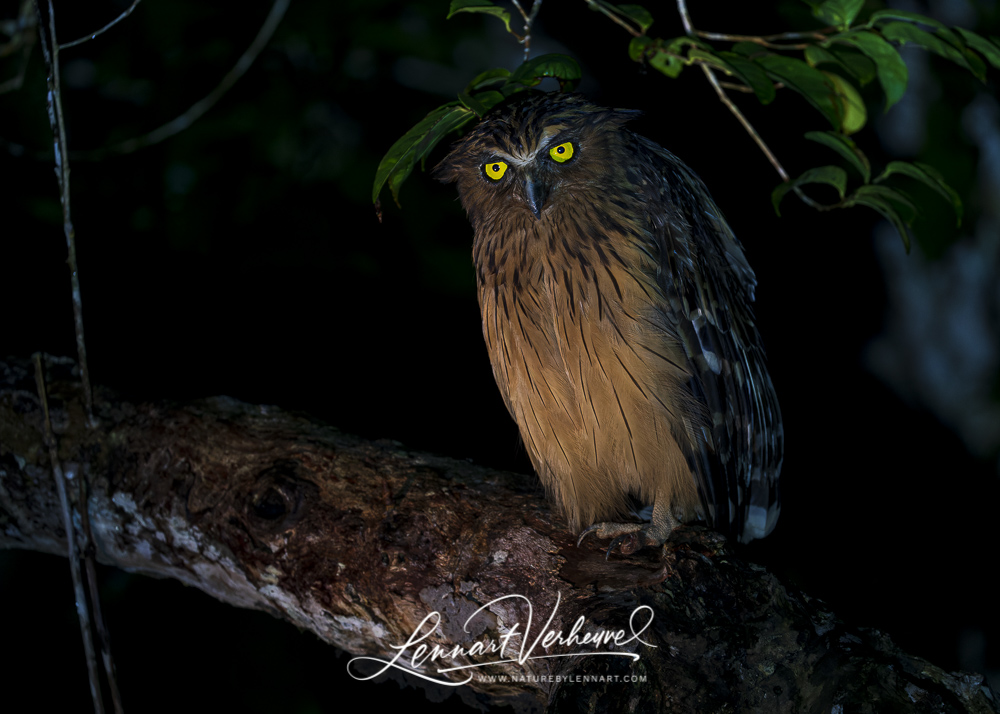
If you go looking for mammals at night, there are certain birds that you can also encounter: owls! Owls are never very easy to see, but if you put in a lot of hours, something always works out. I managed to capture five species really nice. Of the sixth: a Northern Boobook I didn’t get a good picture. Fortunately, we succeeded in seeing the most impressive species: a Barred Eagle Owl!